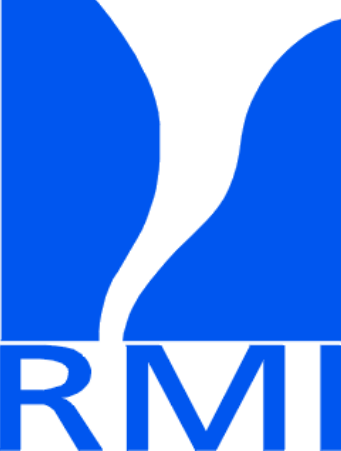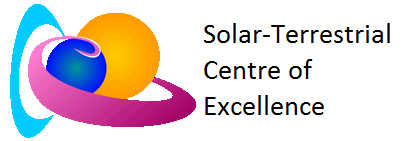Instruments
The Geophysical Centre of the Royal Meteorological Institute (RMI) was established in the 1940s in Dourbes (50.1°N, 4.6°E), a remote location in the south of Belgium, providing a suitable environment for accurate observations of the ionosphere, geomagnetic field, and cosmic ray activity. All instruments, used as a finely-tuned observatory, yield high-resolution concurrent and collocated measurements of key characteristics of the space weather and its effects.Ionospheric Sounder
The vertical incidence sounding remains one of the most accurate and important ionosphere-monitoring techniques. In this technique, low- and high- frequency radio waves are transmitted upward and reflected in the ionosphere at the height where the refractive index becomes zero for vertical incidence. In the ionosonde, a transmitter and a receiver are swept synchronously in frequency, and the propagation time of the reflected signal is recorded for each of the transmitted frequencies. Thus, the resulting ionogram is an instantaneous record of the ionospheric conditions (above the sounder) indicated by the relationship between the frequency of the radio pulse emitted upwards and the virtual heights of echoes reflected from the ionosphere. In a typical ionogram, the frequency range (horizontal axis) covers the interval 1–20 MHz and the height range (vertical axis) covers between 80 and 1000 km.
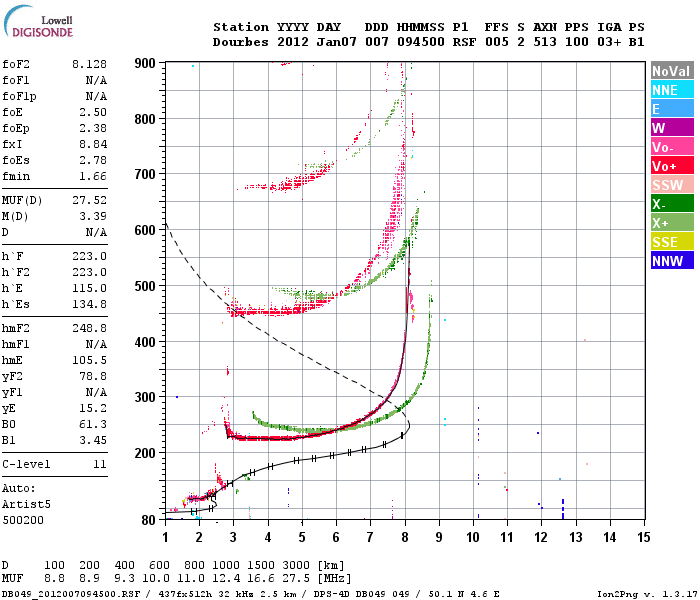
The principal instrument utilised for ionospheric observations at the RMI Geophysical Centre in Dourbes is the digital ionospheric sounder (URSI code: DB049)—a Lowell Digisonde-4D, also known as the Digital Portable Sounder, DPS-4D (Reinisch et al., 2009).
The DPS-4D is state-of-the-art equipment using high-frequency (HF) radar principles of remote sensing to evaluate with high-accuracy and precision the conditions of the ionospheric plasma above the ionosonde station. It boasts multiple functionalities supported by a fully automated operational and database management system. It is capable of simultaneously measuring the following observables reflected (in vertical incidence) or refracted (in oblique incidence) signals from the ionosphere: frequency, range, amplitude, phase, Doppler shift and spread, angle of arrival, and wave polarisation.
Signal transmission is performed with two (NE–SW and NW–SE) crossed “delta” antennas of 40 m in height and reception is done with an array of four crossed magnetic dipole receive antennas in a triangular arrangement. The Digisonde is equipped with the latest versions of the computer software for automatic ionogram interpretation, ARTIST-5 (Galkin et al., 2008), and Digisonde Drift Analysis, DDA (Kozlov and Paznukhov, 2008).
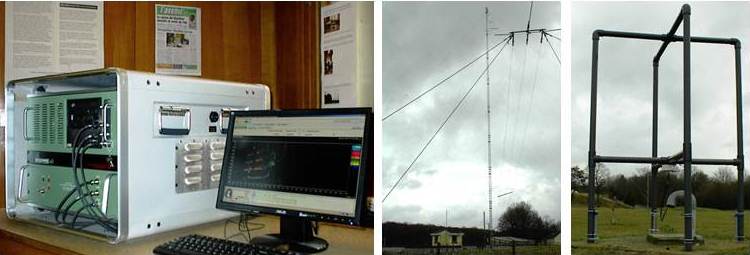
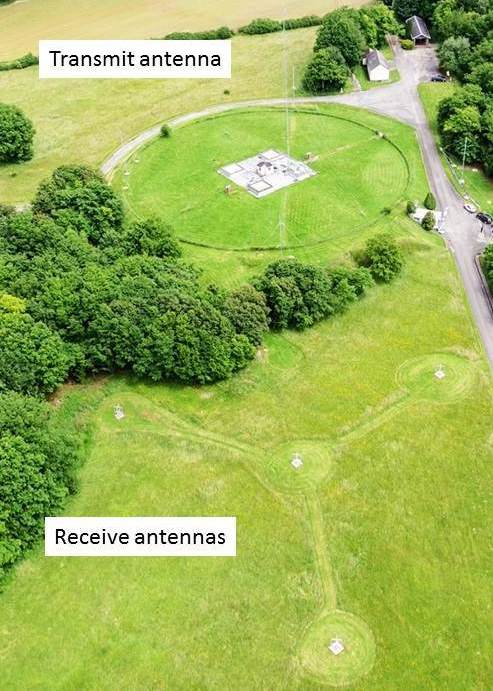
The DPS-4D is a powerful tool in ionospheric nowcast and forecast because of its improved reliability, accuracy and precision, its ability to automatically scale and analyse the sounding data, and also to promptly distribute the results through internet connections. It has also clear advantages of speed, time resolution, and significantly reduced cost of maintenance.
Key practical applications of the digital ionosonde:
- The modern digital ionosonde is capable of promptly evaluating with high-accuracy and precision the conditions of the ionospheric plasma above the ionosonde location. As such, the ionosondes are key instruments and major contributors to the modern ionospheric and space science research.
- Digital ionosondes provide real-time data to prepare high-accuracy ionospheric specifications and forecasts for communications, surveillance and navigation systems
- Networked digisondes are used to produce (near) real-time maps of key ionospheric characteristics over a certain region (e.g. Europe) or on a global scale.
- Digisonde data are used as key reference in various data assimilation techniques and for developing global empirical ionospheric models (e.g. IRI, the standard International Reference Ionosphere model).
- Digisondes are used for ionospheric and space weather forecasts and warnings to the military to enable their services. This involves the specification and forecasting of radio propagation conditions as they impact systems which either require the ionosphere for their operation (HF propagation) or which have to work through the ionosphere (satellite communication, Global Navigation Satellite Systems), often against the background of a disturbed ionosphere (space surveillance radars).
References:
Galkin, I.A., Khmyrov, G.M., Kozlov, A.V., Reinisch, B.W., Huang, X., and Paznukhov, V.V. (2008): The ARTIST 5. in: P. Song, J.C. Foster, M. Mendillo, and D. Bilitza, (Eds.), Radio Sounding and Plasma Physics, AIP Conference Proc. 974, 150-159, (doi:10.1063/1.2885024).
Kozlov, A.V. and Paznukhov, V.V. (2008): Digisonde Drift Analysis Software. in: P. Song, J.C. Foster, M. Mendillo, and D. Bilitza, (Eds.), Radio Sounding and Plasma Physics, AIP Conference Proc. 974, 167-174, (doi:10.1063/1.2885026). Reinisch, B.W., Galkin, I.A., and Khmyrov, G.M. (2009): New Digisonde for research and monitoring applications. Radio Science, 44(1), RS0A24, (doi:10.1029/2008RS004115).